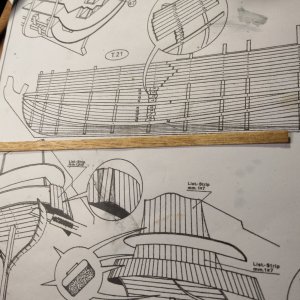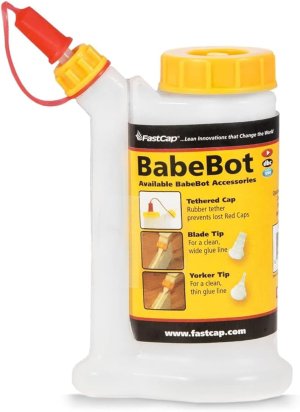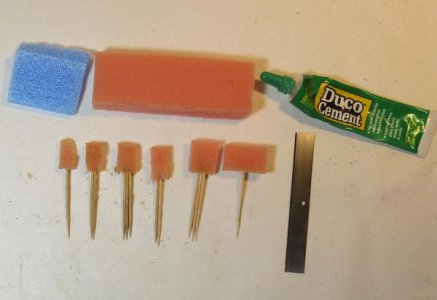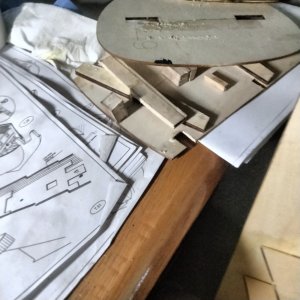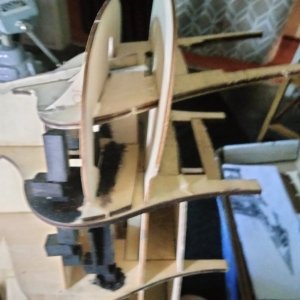Acetone will dissolve PVA as will vinegar.
Not true in my experience. The vehicle for PVA is water. If a particular version is too thick, dilute with water. But not as much as might be imagined - Think in the range of 10% more water. PVA is acidic. The more water resistant is the final bond, the more acidic is the product. Titebond II is pH 3. Off the shelf vinegar is pH 2.4. The solvent that reverses a PVA bond is an alcohol. The most effective one is 2-propanol - isopropyl. Pharmacies here have 70% and 91%. The 91% is the better choice. Amazon has 99% Swan for $7/pt. if you wish to dissolve Shellac flakes in a solvent with a slightly longer wet time than 95% ethanol - Shellac thinner.
A PVA bond involves a chemical reaction - forming long chains. Alcohol untangles the chains but the reaction product stays the same new larger compounds.
There is white PVA - polymerizes water clear - yellow PVA - carpenters glue - polymerizes amber clear. It is more acidic and produces a stronger bond - Titebond II is a yellow PVA with additives for a water resistant bond - LA may not know from humidity, but over here on the southern Atlantic coast we do. Titebond III is forms a "waterproof" bond - It polymerizes brown. It is pH 2.5. (If it was something that is made of wood and I would float in it - I would still use resorcinol glue - something that would set your political nannies hair on fire.) There is a pH 7 white PVA (bookbinders). This is for rigging that is plant fibers twisted up.
Duco is nitrocellulose dissolved in acetone. Nitrocellulose is gun cotton. There is no chemical reaction involved with its bond. Apply wet- in solution - when the solvent evaporates, the dry nitrocellulose is the bond. Acetone will reverse the bond.
Do they allow rubber cement? The solvent - thinner is n-heptane. (7) gasoline has octane (8) - Are you allowed gasoline? Jibes aside - quality rubber cement like True Test is excellent for fixing patterns to wood. Coat both surfaces - a significant and through coat - let dry - stick together - no adjustment - instant bond.
This is also the same process with contact cement - DAP Weldwood contact cement - which is a really poor choice as a model component adhesive, a really really poor choice. In construction, it is good for any bonds that you do not mind coming apart after 20 years - it probably oxidizes to become so brittle.
I would not touch CA with a ten foot pole. It uses water as its reaction catalyst. I am having the thought that the more water the wood has at its surface, the quicker is the CA reaction. It has volatile components that are decidedly unhealthy. You cannot get acetone but can you get CA? If yes - there is a strange sort of logic involved. CA has a strong vertical bond (pull apart). The lateral (sheer force) bond strength is not so good. Acetone will reverse its bond. Perhaps the humidity in LA is low enough that a bottle of CA will not start reacting in it container as soon as it is exposed to the atmosphere?

